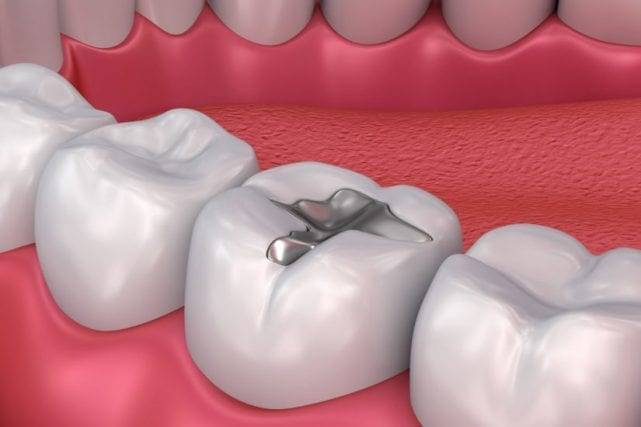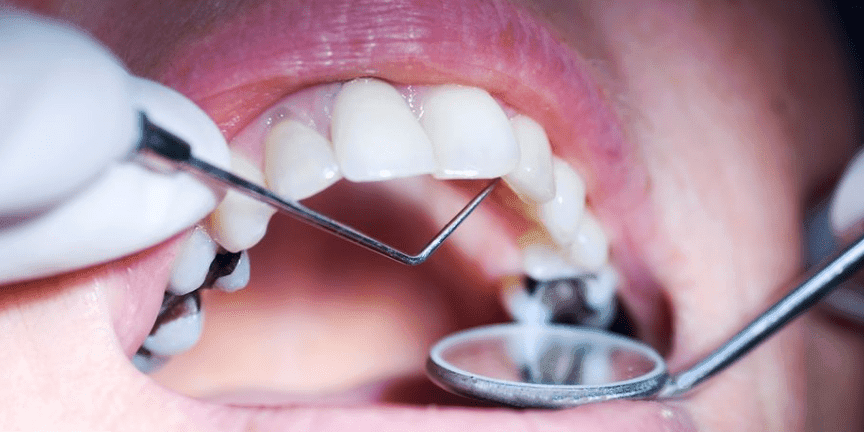 How Often Should Fillings be Replaced
How Often Should Fillings be Replaced
Dental fillings are used to replace tooth that is lost to decay, most often as a result of a cavity, and can last for many years. In fact, advancements have been made to dental fillings that have extended their lifespans. But fillings do not last forever and are weakened by everyday eating and drinking, teeth grinding, and bacteria in the mouth. Eventually, dental fillings will fail and will need to be replaced. Keep reading for more information on the types of fillings and the importance of routine dental care.
Types of Fillings
There are a couple different kinds of fillings that typically have different lifespans. Silver, or amalgam, fillings are an older style of fillings that are less popular today, mostly due to their appearance. But silver filings are very strong and durable, often lasting for more than ten years. As a fairly inexpensive option, silver filings are resistant to a lot of the everyday wear and tear that comes from eating and drinking. That being said, even silver fillings will need to be replaced.
Composite fillings are made from a mixture of acrylic and a very finely ground glasslike material. In recent years, composite fillings have become more popular because of their tooth-colored appearance. They are still durable and resistant to daily wear and tear. Composite fillings usually last for about ten to twelve years when properly taken care of but eventually will need to be replaced or repaired by your dentist.
The Importance of Routine Care
Through routine care, your dentist will be able to tell if and when your fillings need to be replaced or repaired, even if you are unable to tell. It is important to have regular dental examinations because your dentist will be able to tell if your filling needs to be replaced when you likely are not able to tell. Your dentist will use an instrument called a dental explorer to check for cracks and worn spots around the edges of your filling, making sure that the sealing is still in place to keep harmful bacteria and food particles from finding their way in.
Your dentist will be able to find problems with fillings at an earlier stage during your regular check-ups; this will prevent any further problems such as bacteria working its way between the tooth and the worn filling. Early detection of failing fillings can minimize the costs and extensive procedures that can come with cracks and pain. Ultimately, your dentist will be able to decide whether your failing filling needs to be replaced completely or can simply be repaired.
At Snow Family Dentistry, we know exactly what to look for when looking it comes to fillings that may need to be replaced. If you see a crack or notice a part of your filling is missing, we recommend make an appointment right away. Contact us today to schedule an appointment.








